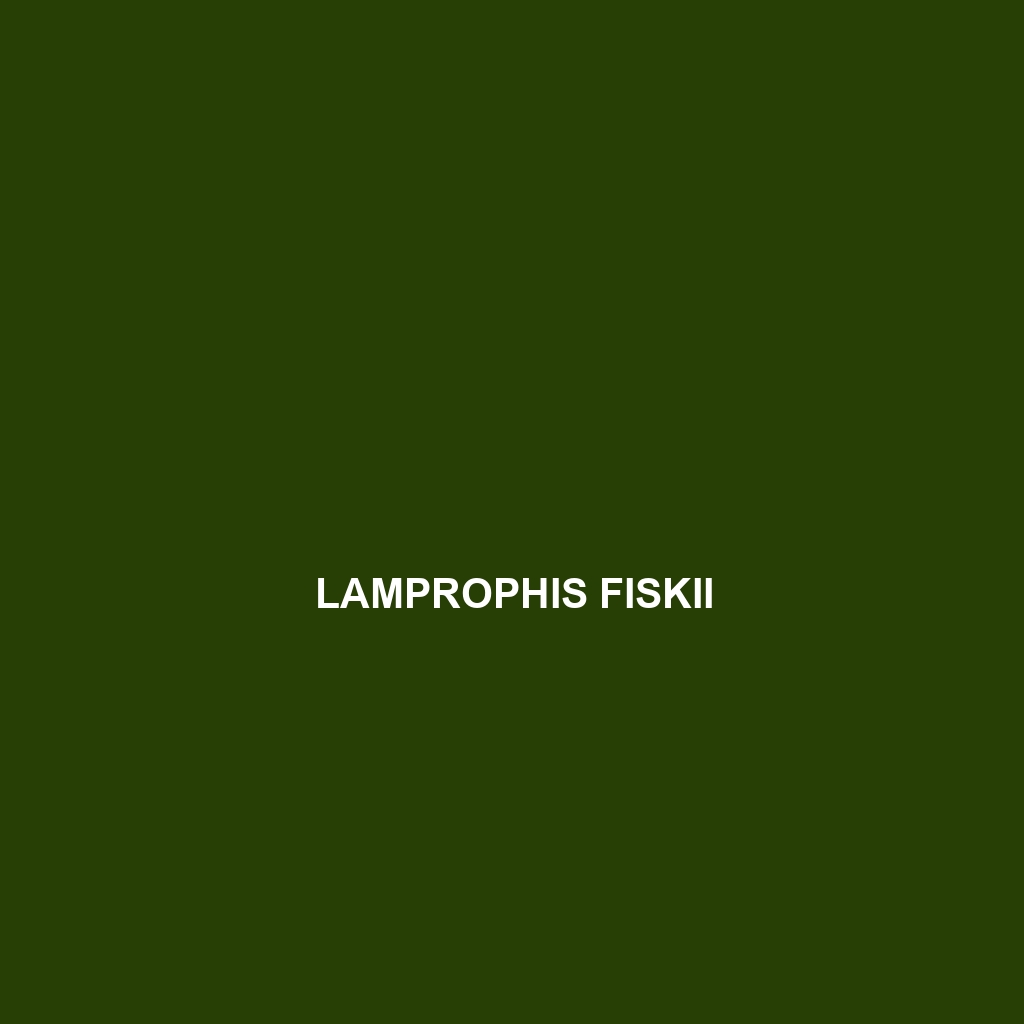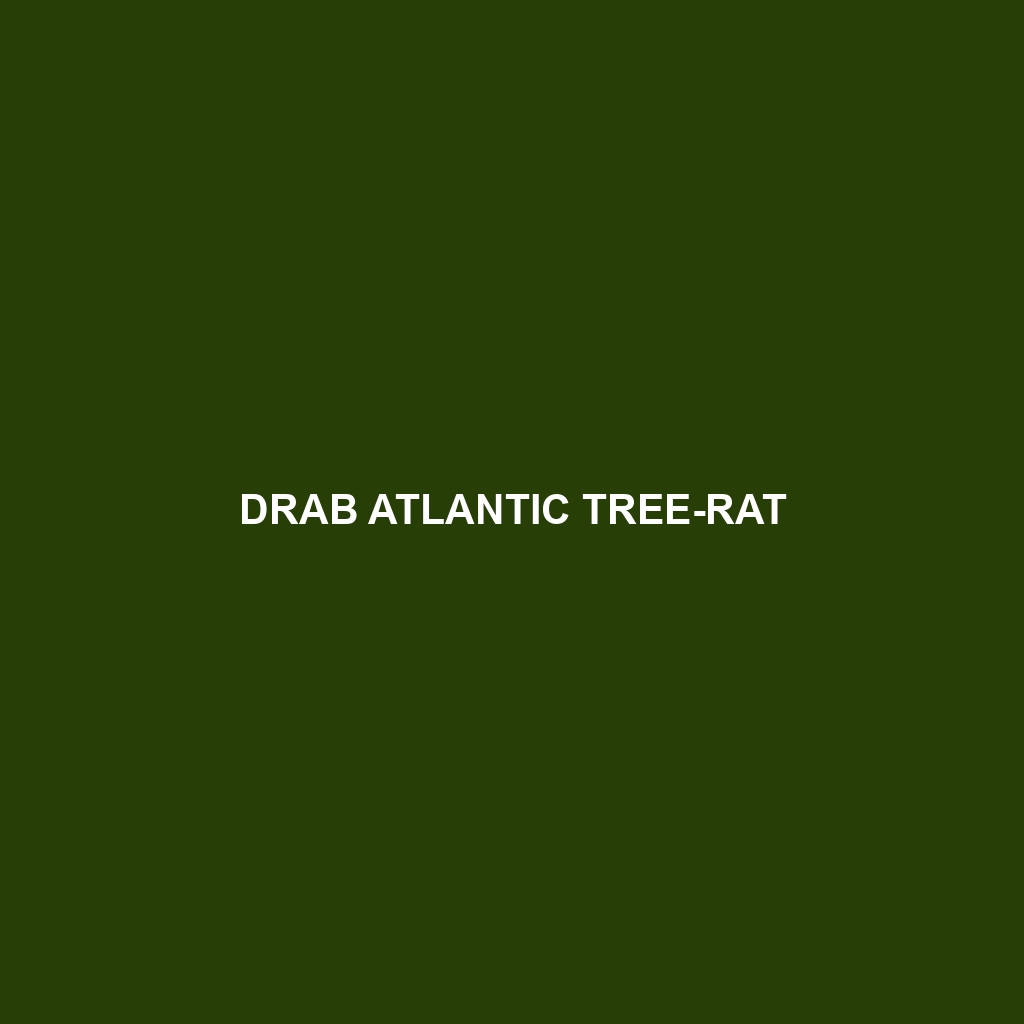<b>Psammophis punctulatus</b>, commonly known as the dotted sand snake, is a slender, diurnal snake that thrives in sandy habitats across sub-Saharan Africa. With its striking camouflage and versatile diet of small mammals, lizards, and insects, this resilient predator plays a vital role in maintaining ecosystem balance.
Tag: ecological integrity
Psammophis punctulatus
<b>Psammophis punctulatus</b>, commonly known as the dotted sand snake, is a slender, diurnal snake that thrives in sandy habitats across sub-Saharan Africa. With its striking camouflage and versatile diet of small mammals, lizards, and insects, this resilient predator plays a vital role in maintaining ecosystem balance.
Pholidoscelis desechensis
<p>Discover the <b>Pholidoscelis desechensis</b>, or Desecheo Island skink, a <i>vulnerable</i> species native to the diverse habitats of Desecheo Island. Measuring 14 to 18 cm, this insectivorous skink features smooth, reflective scales and a slender body, playing an essential role in controlling insect populations and maintaining the island's ecological balance.</p>
Pholidobolus montium
<p><b>Pholidobolus montium</b>, commonly known as the Montane Pholidobolus, is a vulnerable reptile endemic to the Andean highlands, characterized by its elongated body, rough skin, and diurnal foraging behavior on invertebrates. This species plays a crucial role in its ecosystem by controlling insect populations while facing threats from habitat loss and climate change.</p>
Pholidobolus montium
<p><b>Pholidobolus montium</b>, commonly known as the Montane Pholidobolus, is a vulnerable reptile endemic to the Andean highlands, characterized by its elongated body, rough skin, and diurnal foraging behavior on invertebrates. This species plays a crucial role in its ecosystem by controlling insect populations while facing threats from habitat loss and climate change.</p>
Lamprophis fiskii
Introducing the Lamprophis fiskii, commonly known as Fisk's snake, a slender, strikingly patterned snake found primarily in temperate forests and savannas. This nocturnal carnivore preys on small mammals and reptiles, showcasing adaptability and resilience within diverse habitats.
Bungarus flaviceps
<h2>Bungarus flaviceps</h2> Discover the captivating yellow-headed krait, or <i>Bungarus flaviceps</i>, known for its vibrant yellow head and striking black body adorned with yellow bands. This nocturnal predator inhabits humid lowland forests and grasslands of Southeast Asia, playing a crucial role in controlling rodent populations while exhibiting a docile nature, despite its potent neurotoxic bite.
Aparallactus turneri
Discover the intriguing Aparallactus turneri, a slender, nocturnal snake found in the subtropical regions of Eastern Africa, characterized by its distinctive brown and yellow striped pattern. This vulnerable species is a carnivorous predator that plays a vital role in its ecosystem while adapting its color for effective camouflage.
Anolis nietoi
Discover the vibrant Anolis nietoi, a small, green lizard native to the cloud forests of the Dominican Republic. Measuring 5 to 8 cm, this agile insectivore plays a vital role in its ecosystem, showcasing remarkable color-changing abilities and engaging in unique territorial displays.
Drab Atlantic Tree-rat
Discover the fascinating Drab Atlantic Tree-rat (<i>Isothrix pirmalay</i>), a medium-sized rodent thriving in the lush rainforests of eastern South America. This nocturnal creature plays a vital role in its ecosystem as both a seed disperser and prey, showcasing remarkable adaptability through its diverse diet and social behaviors. As a vulnerable species, understanding its habitat and role highlights the importance of conservation efforts to protect this unique inhabitant of tropical rainforests.









